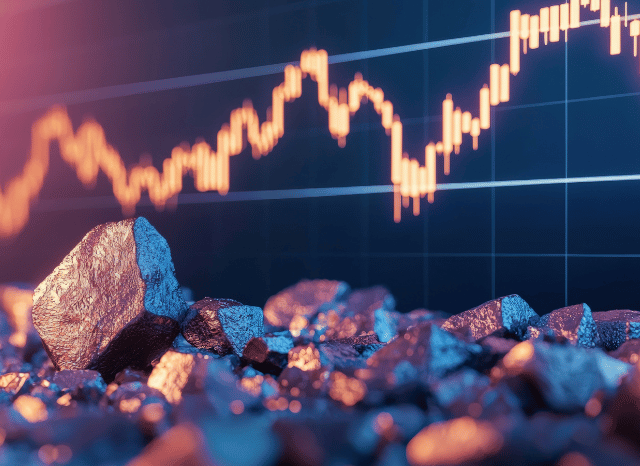
The strategic metals powering the Strength transition are now centre phase in geopolitics and marketplace.
The moment confined to market scientific and industrial circles, uncommon earth elements (REEs) have surged into world headlines—and once and for all purpose. These seventeen elements, from neodymium to dysprosium, are classified as the creating blocks of recent know-how, taking part in a central job in almost everything from wind turbines to electric powered automobile motors, smartphones to defence units.
As the entire world races to decarbonisation and digitalisation, demand for REEs is soaring. Their part from the energy transition is vital. Superior-overall performance magnets created with neodymium and praseodymium are essential to the electric motors Employed in each EVs and wind turbines. Other REEs like europium and terbium are beneficial for lighting, shows, and optical fibre networks.
But offer is precariously concentrated. China at this time leads the sourcing, separation, and refining of rare earths, managing in excess of 80% of global output. This has remaining other nations scrambling to create resilient provide chains, decrease dependency, and protected use of these strategic sources. Because of this, rare earths are now not just industrial elements—they're geopolitical belongings.
Investors have taken Take note. Curiosity in rare earth-linked stocks and exchange-traded resources (ETFs) has check here surged, driven by both of those the growth in cleanse tech and the desire to hedge from supply shocks. Still the market is advanced. Some businesses are still during the exploration phase, Some others are scaling up manufacturing, when a couple of are previously refining and offering processed metals.
It’s also essential to be aware of the distinction between scarce earth minerals and rare earth metals. "Minerals" consult with the raw rocks—like bastnasite, monazite, xenotime, or ionic clays—that consist of exceptional earths in natural type. These demand intensive processing to isolate the metallic factors. The term “metals,” Alternatively, refers to the purified chemical factors used in higher-tech applications.
Processing these minerals into usable metals is costly. Beyond China, several international locations have mastered the total industrial approach at scale, even though areas like Australia, the U.S., Vietnam, and Brazil are Operating to vary that.
Need is becoming fuelled by several sectors:
· Electric powered mobility: magnets in motors
· Renewable Vitality: especially wind turbines
· Purchaser electronics: smartphones, laptops, sensors
· Defence: radar, sonar, precision-guided devices
· Automation and robotics: more and more important in sector
Neodymium stands out as a very useful scarce earth resulting from its use in potent magnets. Some others, like dysprosium and terbium, boost thermal security in superior-functionality purposes.
The rare earth industry is unstable. Selling prices can swing with trade plan, technological breakthroughs, or new source resources. For buyers, ETFs give diversification, whilst direct inventory investments have higher danger but probably increased returns.
What’s crystal clear is usually that rare earths are now not obscure chemical curiosities—they’re strategic means reshaping the worldwide financial state.